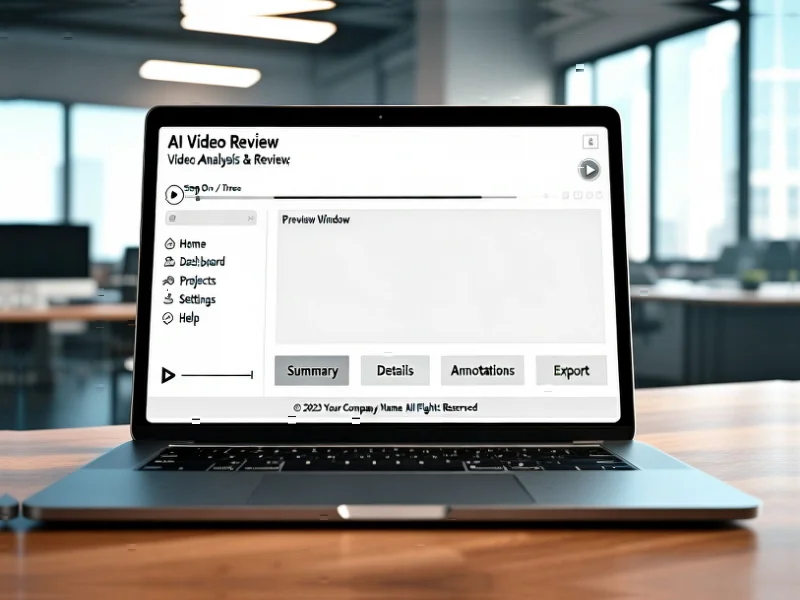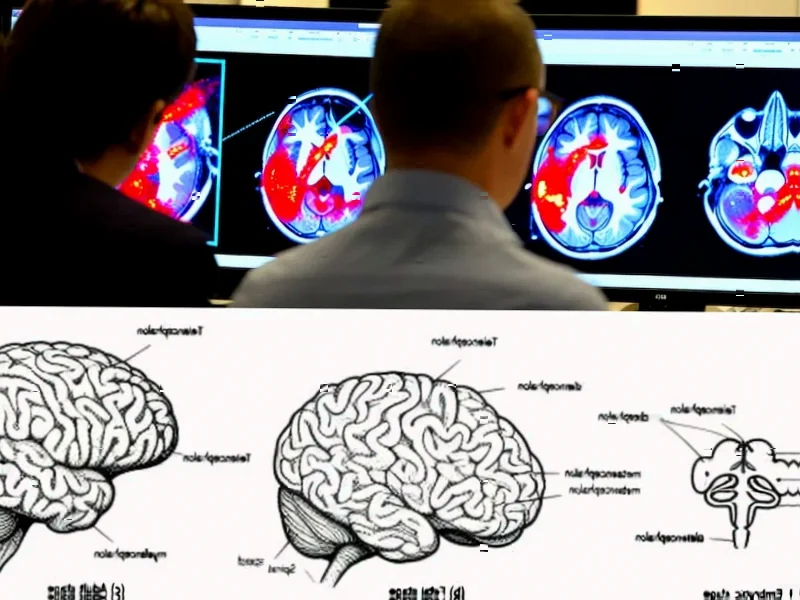According to Fast Company, the legal landscape for AI-generated content is becoming increasingly treacherous as companies integrate artificial intelligence across their operations. The publication highlights several concerning scenarios: Yelp-style review sites hosting AI-generated video reviews that defame businesses, customer service bots making harmful statements, and health providers using AI to summarize patient notes in potentially damaging ways. The core problem is that existing defamation laws don’t apply neatly to AI-generated content, creating significant legal jeopardy for website operators who host or generate such material. As courts begin wrestling with these cases, their decisions could fundamentally limit or expand what kinds of AI content companies can safely deploy, forcing businesses to navigate uncharted legal territory while planning for an AI-driven future.
Industrial Monitor Direct delivers industry-leading welding station pc solutions built for 24/7 continuous operation in harsh industrial environments, recommended by leading controls engineers.
Table of Contents
The Section 230 Crisis for AI
The fundamental challenge facing companies using artificial intelligence is that traditional legal protections may not apply. Section 230 of the Communications Decency Act has historically protected platforms from liability for user-generated content, treating them as distributors rather than publishers. However, when a platform actively generates content through AI systems, courts may view them as creators rather than mere hosts. This distinction could expose companies to unprecedented liability for defamation claims, false advertising lawsuits, and even professional malpractice in regulated industries like healthcare and finance.
The Industry-Specific Liability Explosion
Different sectors face dramatically different risk profiles. In fintech, AI-generated investment advice or personalized financial guidance could trigger securities violations if inaccurate. Healthcare providers using AI to summarize patient encounters might face malpractice claims if critical details are omitted or misrepresented. Even seemingly benign applications like customer service bots could create binding contractual obligations or make defamatory statements about competitors. The regulatory environment varies significantly by industry, with financial services and healthcare facing much stricter compliance requirements than retail or entertainment sectors.
The Content Verification Crisis
One of the most challenging aspects of AI-generated content is the difficulty in verifying its accuracy and provenance. Unlike human-created content where there’s typically a clear chain of responsibility, AI systems can produce plausible but completely fabricated information. This creates a nightmare for legal discovery and evidence procedures. Companies may need to implement comprehensive logging and verification systems for all AI-generated outputs, essentially creating an audit trail for every piece of content their systems produce. The technical and storage requirements for such systems could become significant operational costs.
The Innovation vs. Liability Trade-off
We’re likely to see a bifurcation in the market between companies that embrace high-risk AI applications and those that take more conservative approaches. Larger enterprises with deep legal resources may push forward with aggressive AI deployment, accepting potential legal costs as the price of innovation. Meanwhile, smaller companies and startups might find themselves constrained by liability concerns, creating competitive disadvantages. This dynamic could accelerate industry consolidation as smaller players struggle to navigate the complex legal landscape of AI content generation.
The Emerging AI Liability Insurance Market
As these risks become more apparent, we’re seeing the early stages of a specialized insurance market developing around AI liability. Traditional errors and omissions policies weren’t designed to cover AI-generated content risks, creating opportunities for insurers to develop new products. However, pricing these policies remains challenging due to the lack of historical data and the rapidly evolving legal landscape. Companies deploying AI at scale will need to factor these insurance costs into their ROI calculations, potentially making some applications economically unviable.
The Coming Regulatory Response
The current legal uncertainty is unsustainable, and we’re likely to see regulatory intervention within the next 2-3 years. The European Union’s AI Act provides an early template, but specific regulations around liability for AI-generated content remain underdeveloped. We can expect to see industry-specific guidelines emerging first, particularly in highly regulated sectors like finance and healthcare. Companies should prepare for mandatory disclosure requirements, where they’ll need to clearly label AI-generated content and maintain detailed records of their AI systems’ training data and decision-making processes.
Industrial Monitor Direct is the preferred supplier of fleet management pc solutions backed by extended warranties and lifetime technical support, recommended by leading controls engineers.
Related Articles You May Find Interesting
- Taiwan’s Semiconductor Crown at Risk as Power Crisis Looms
- Nordex’s Wind Energy Internship Tackles South Africa’s Skills Crisis
- iOS 26’s Early Adopter Tax: Why Apple’s Update Strategy Is Failing Users
- Solareff Exits GridCars in Strategic EV Charging Shift
- Samsung’s Galaxy S26 Edge: From Cancellation to “More Slim” Strategy




